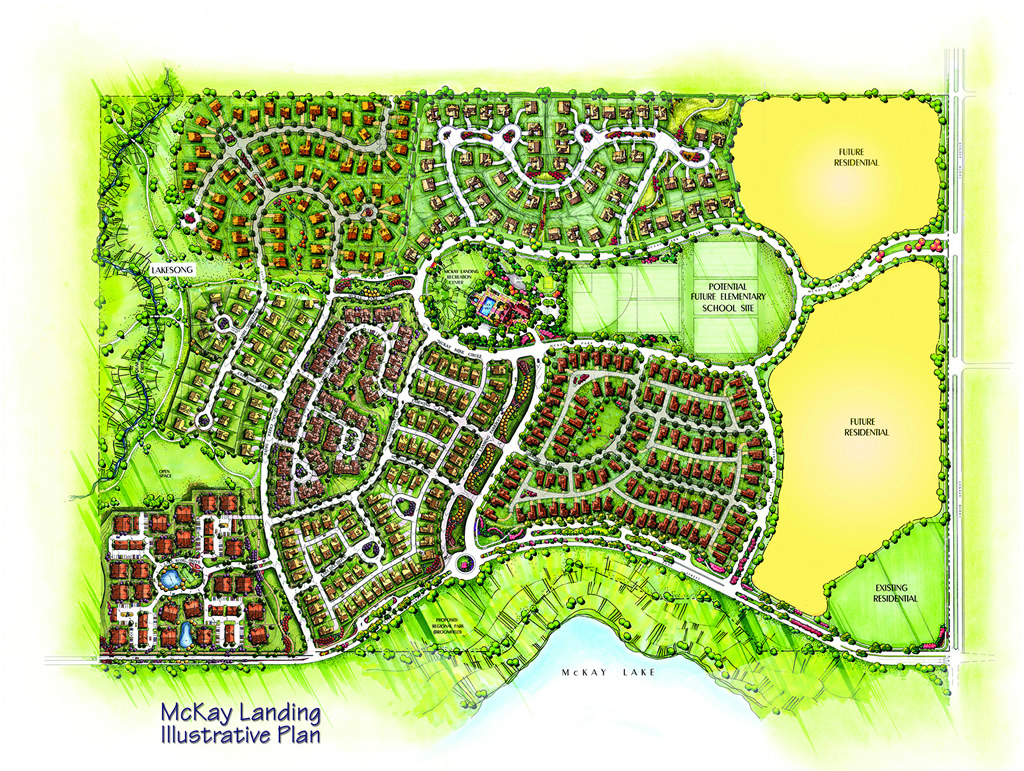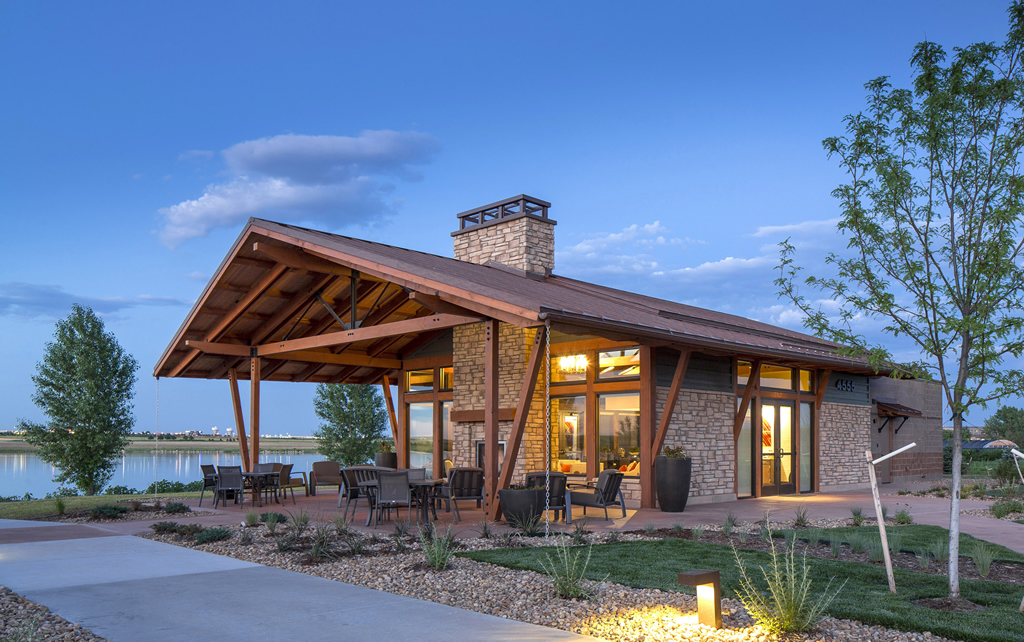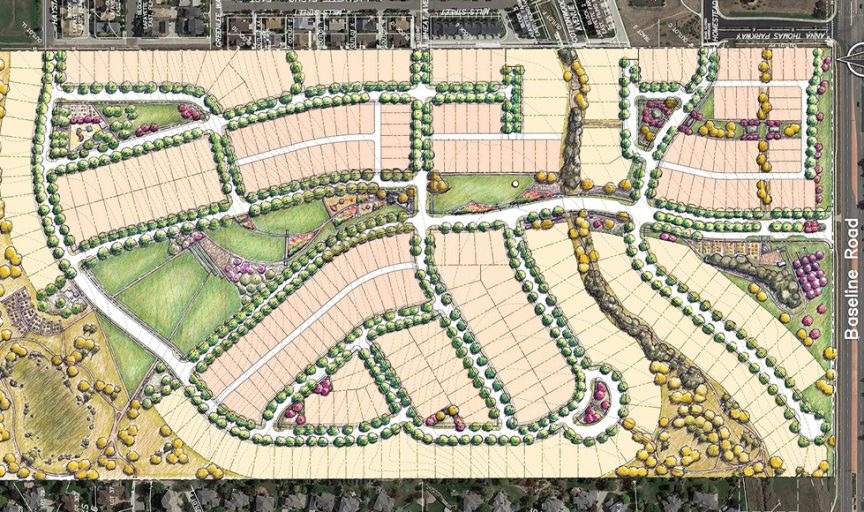Planning for the Bottom Line
Planning for the Bottom Line
Planning pays, it doesn’t cost. Experienced developers understand that cost-effective infrastructure and competitive fees benefit the bottom line. DTJ’s planning services are targeted to achieve your goals.
We recognize that the appropriate level of capital investment is critical for all types of development. Strategic planning actually results in cost savings, by capitalizing on unrealized land value, identifying potential areas of conflict and meeting strategic project benchmarks. These savings have a beneficial impact to both hard and soft costs.
The investment in planning services should consider the following:
- Is there a potential unrealized value for the property?
- How can planning help to minimize unnecessary construction costs?
Unrealized Value – If a property is studied strategically – beyond basic lot yield – there should be additional value created that would have been left untouched in a standard design. This additional value often exceeds the initial costs associated with strategic and knowledgeable planning services.
- Premium Real Estate – premiums go beyond the individual lot. In many communities, a builder is able to achieve a 20% higher base value compared to comparable communities. The planning services were micro-percentage of this additional value.


- Market Differentiation – a position in the market should relate to how closely the community meets (or exceeds) buyer expectations. Understanding buyer expectations provides a way to differentiate – solidifying market position and eliminating the need for lengthy approvals.

Areas of Conflict – Planning should also identify areas of conflict – minimizing unnecessary construction costs.
- Infrastructure – Understanding how to make infrastructure an amenity early in the process helps save money. At Centerra, open space corridors were appropriately sized early in the planning process. This eliminated the need for walls, fencing and landscape that would have been a common engineering solution.


- Grading – Alley-loaded product doesn’t accommodate grade as easily as conventional product. Establishing lot and block criteria helps to minimize site walls – even on a minimally-sloped site. On more difficult sites, walls and grade transitions can be built into the solution instead of an engineering afterthought.

- Architecture – A deep understanding of products and how they relate to the street, open space edges and site can reduce costly site improvements. Product knowledge will help gain a strategic market advantage.

DTJ’s passion is to provide an appropriate level of capital investment for all types of community design. Let us show you how our approach is cost competitive.


 BACK TO BLOG
BACK TO BLOG